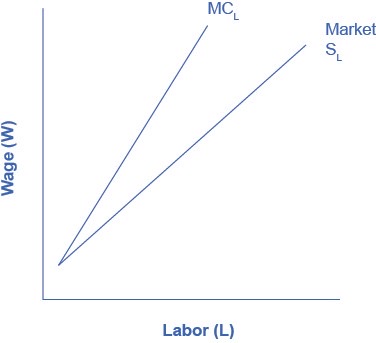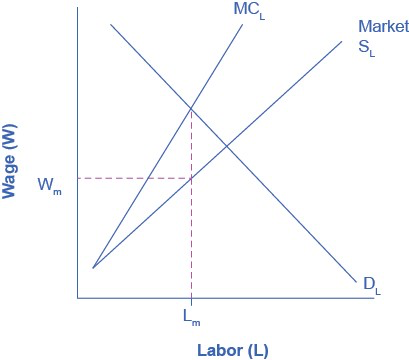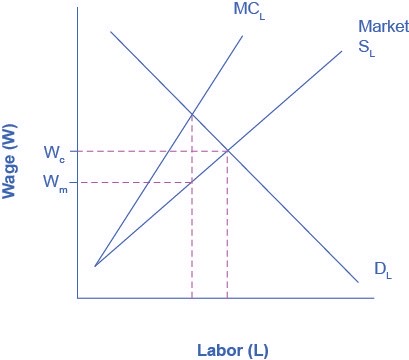Marginal Cost of Labor
What is the marginal Cost of Labor?
- Marketing, Advertising, Sales & PR
- Accounting, Taxation, and Reporting
- Professionalism & Career Development
-
Law, Transactions, & Risk Management
Government, Legal System, Administrative Law, & Constitutional Law Legal Disputes - Civil & Criminal Law Agency Law HR, Employment, Labor, & Discrimination Business Entities, Corporate Governance & Ownership Business Transactions, Antitrust, & Securities Law Real Estate, Personal, & Intellectual Property Commercial Law: Contract, Payments, Security Interests, & Bankruptcy Consumer Protection Insurance & Risk Management Immigration Law Environmental Protection Law Inheritance, Estates, and Trusts
- Business Management & Operations
- Economics, Finance, & Analytics
What is the marginal Cost of Labor?
The marginal cost of labor is the cost to the firm of hiring one more worker. However, here is the thing: we assume that the firm is determining how many workers to hire in total. They are not hiring sequentially.
There are a couple of things to notice from the table. First, the marginal cost increases faster than the wage rate. In fact, for any number of workers more than one, the marginal cost of labor is greater than the wage. This is because to hire one more worker requires paying a higher wage rate, not just for the new worker but for all the previous hires also.

Since monopsonies are the sole demander for labor, they face the market supply curve for labor. In order to increase employment they must raise the wage they pay not just for new workers, but for all the existing workers they could have hired at the previous lower wage. As a result, the marginal cost of additional hiring labor is greater than the wage, and thus for any level of employment (above the first worker), MCL is above the Market Supply of Labor.

A monopsony will hire workers up to the point Lm where its demand for labor equals the marginal cost of additional labor, paying the wage Wm given by the supply curve of labor necessary to obtain Lm workers.
If the firm wants to maximize profits, it will hire labor up to the point Lm where DL = VMP (or MRP) = MCL. Then, the supply curve for labor shows the wage the firm will have to pay to attract Lm workers. Graphically, we can draw a vertical line up from Lm to the Supply Curve for label and then read the wage Wm off the vertical axis to the left.
How does this outcome compare to what would occur in a perfectly competitive market? A competitive market would operate where DL = SL, hiring Lc workers and paying Wc wage. In other words, under monopsony employers hire fewer workers and pay a lower wage. While pure monopsony may be rare, many employers have some degree of market power in labor markets. The outcomes for those employers will be qualitatively similar though not as extreme as monopsony.

A monopsony hires fewer workers Lm than would be hired in a competitive labor market Lc. In exploiting its market power, the monopsony can also pay a lower wage Wm than workers would earn in a competitive labor market Wc.
Related Topics
- Labor Economics
-
Labor Market Equilibrium
- Labor Market
- Labor Market Equilibrium
- Labor Market Efficiency
- Price, Supply, and Demand in the Labor Market
- Equilibrium Wage
- Shifts in the Demand for Labor
- What Causes Shifts in the Supply Labor?
- How Technology affects Demand for Labor?
- Minimum Wage as a Price Floor in the Labor Market
- What is the First Rule of Labor Markets?
- Labor Demand in Perfectly Competitive Markets
- Imperfect Competition in Labor Markets
- Monopsony
- Oligopsony
- Labor Market Power of Employers
- What is the marginal Cost of Labor?
- Labor Market Power of Employees
- What is a Bilateral Monopoly in a Labor Market?
- Wage Elasticity of Labor Supply
- Equilibrium in Supply and Demand in Labor Markets
- Shifts in Supply and Demand in Labor Markets